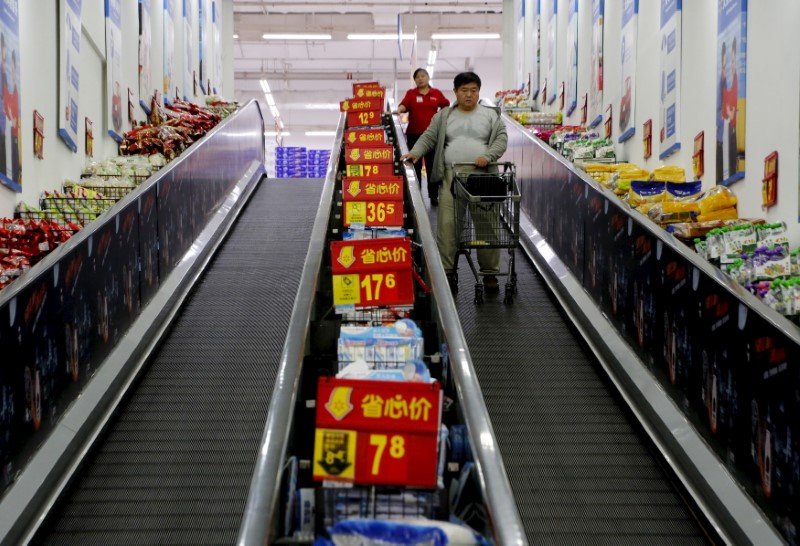By Gina Lee
Investing.com – China’s factory activity entered contraction territory for the first time in nearly one-and-a-half years in August. Lockdown measures to contain the latest COVID-19 outbreak, supply bottlenecks and high raw material prices all contributed to a slowdown in the world’s second-largest economy’s recovery.
The Caixin manufacturing purchasing managers index (PMI), released earlier in the day, was at 49.2, below the 50-mark indicating growth. Forecasts prepared by Investing.com had predicted a 50.2 reading, while July’s number was 50.3.
Just the day before, the National Bureau of Statistics (NBS) released data that showed the manufacturing PMI at 50.1 and the non-manufacturing PMI at 47.5, in August.
Whilst the strict lockdowns, imposed as part of China’s ‘zero-COVID-19-cases’ goal, were successful in curbing the latest outbreak across several provinces, it also had an economic impact.
"The latest COVID-19 outbreak posed a severe challenge to the economic normalization that began in the second quarter of 2020," Caixin Insight Group senior economist Wang Zhe said in comments released alongside the data.
The COVID-19 restrictions also led to dampened demand and sourcing difficulties, including a chips shortage that also impacted the manufacturing sector.
"Due to the lack of chips this year, the demand for auto parts has decreased. Our factory has been continuously reducing production, and in July and August, I heard that some factories stopped production. At the moment, it looks like chips will continue to be in short supply," an auto parts exporter surnamed Huang told Reuters.
The slowdown in the manufacturing sector also highlighted the fragility of the ongoing economic recovery. Expectations are now growing that China will introduce further support measures to get the recovery back on track.
The Caixin services PMI is due on Friday.
